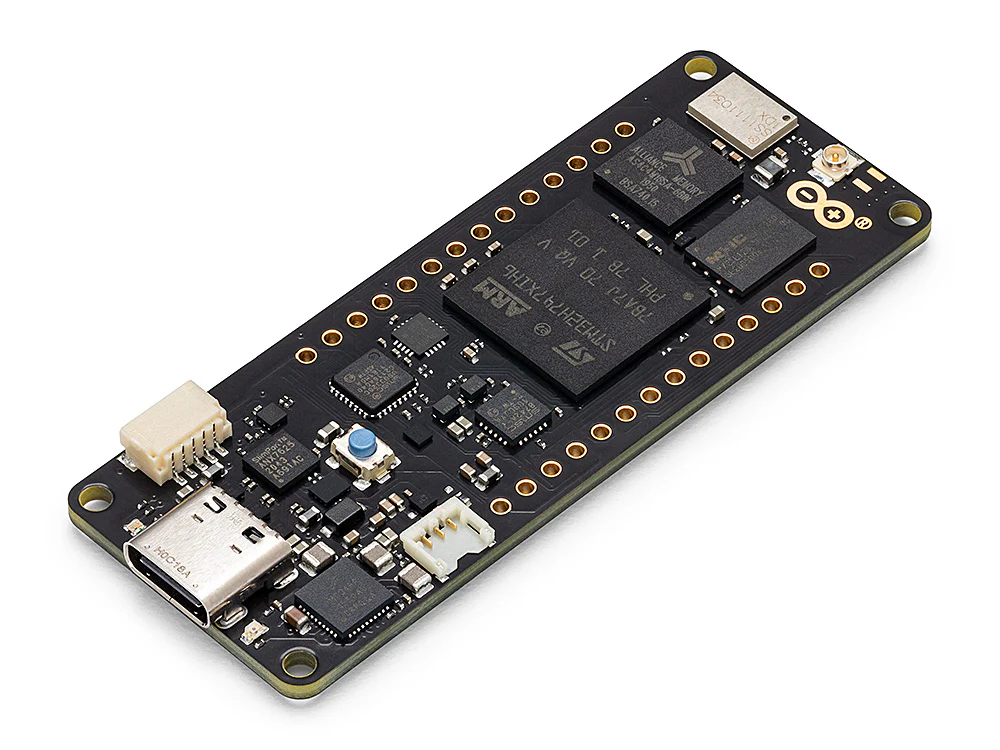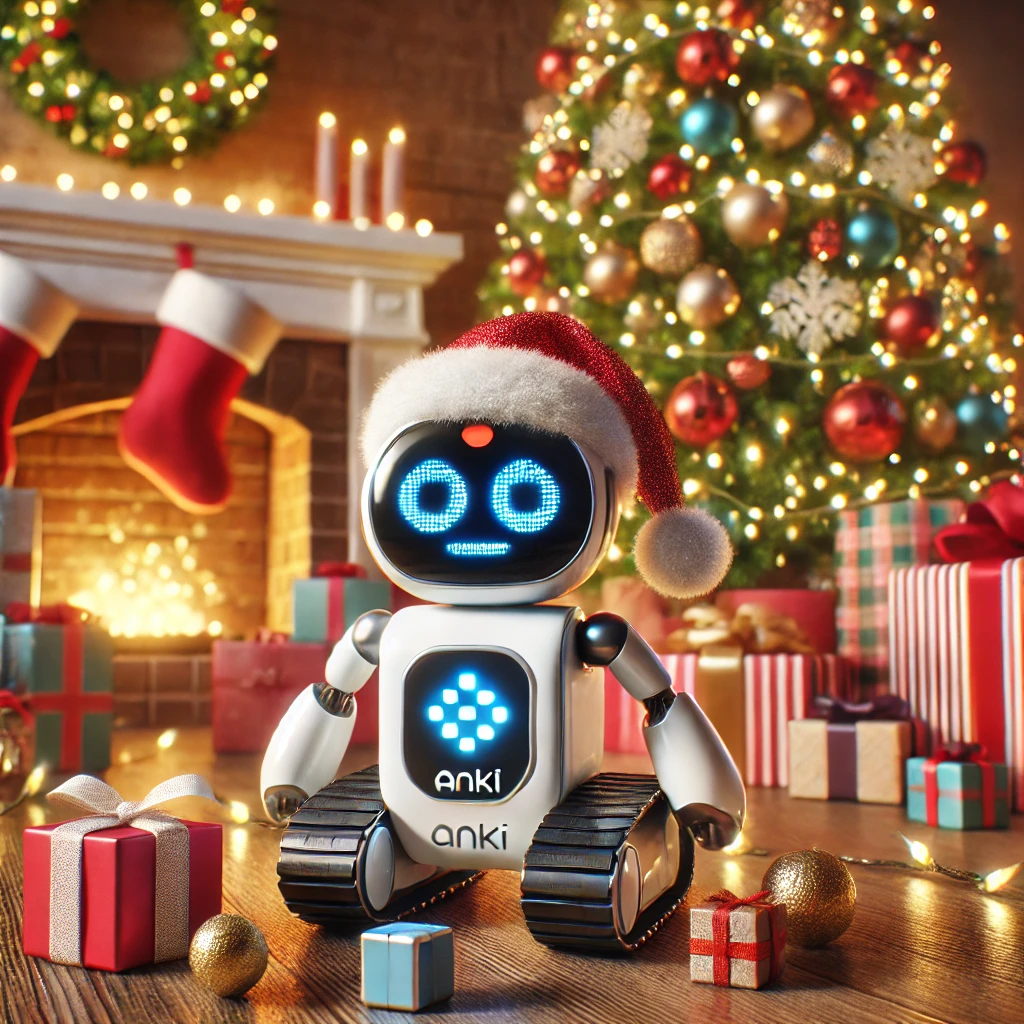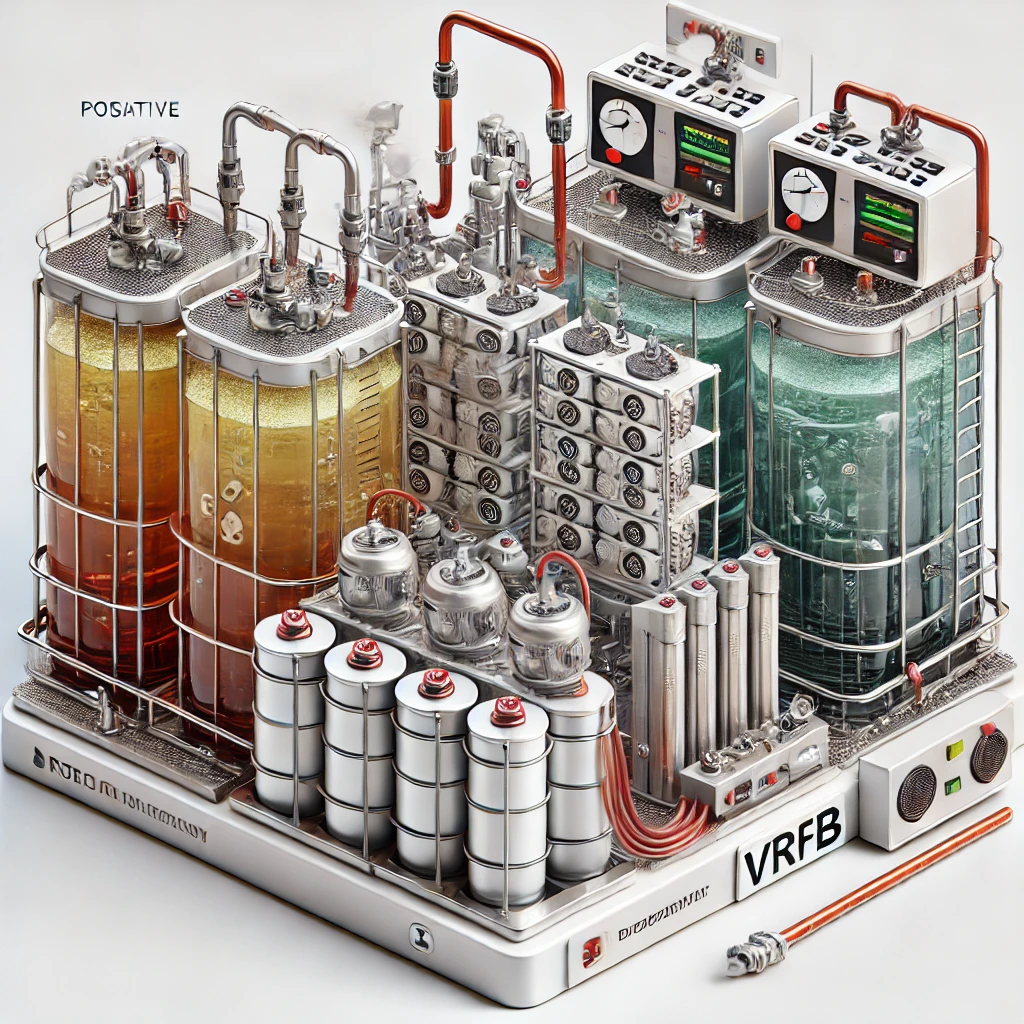Arduino Portenta H7: Revolutionizing IoT and Edge Computing

The Arduino Portenta H7 stands at the forefront of innovation, bridging the gap between prototyping and industrial-grade applications. Designed for IoT (Internet of Things) and edge computing, this microcontroller delivers unmatched performance, versatility, and connectivity for developers looking to build advanced, scalable solutions.
Key Features of the Arduino Portenta H7
- Dual-Core Processing
The Portenta H7 is powered by an STM32H747 microcontroller with two cores:
- Cortex-M7 (480 MHz): For high-performance tasks such as running AI models and real-time applications.
- Cortex-M4 (240 MHz): For low-power operations and background processes.
- Wireless Connectivity
Built-in Wi-Fi and Bluetooth 5.1 make it ideal for IoT applications, enabling seamless communication between devices and the cloud. - Industrial-Grade Performance
With robust features like extended temperature tolerance, compatibility with industrial protocols, and high-speed interfaces (including CAN, Ethernet, and USB-C), the Portenta H7 suits demanding environments. - Machine Learning and AI
The board supports running machine learning models directly on the microcontroller using platforms like TensorFlow Lite. This enables real-time AI-driven decisions at the edge. - Modular Ecosystem
The Portenta H7 can integrate with a range of Arduino shields and carriers, such as the Vision Shield for computer vision tasks. Its compatibility with the Arduino Cloud and other third-party services ensures a flexible development process. - Power-Efficient Design
With the ability to switch between performance and low-power modes, the Portenta H7 is optimized for battery-powered IoT devices and edge applications.
Latest

Envisioning the Future: The Impact of 6G Technology on a Hyper-Connected World
As the world continues to embrace the transformative capabilities of 5G, the next frontier in wirele...read more

The Wizpr Ring: Revolutionizing Smart Wearable Technology
In the ever-evolving world of wearable technology, the Wizpr Ring stands out as a groundbreaking inn...read more

Cozmo Robot: The Perfect Holiday Toy and Educational Christmas Gift for Children
This Christmas, give your child a gift that is as entertaining as it is educational, like one of the...read more
Latest

Envisioning the Future: The Impact of 6G Technology on a Hyper-Connected World
As the world continues to embrace the transformative capabilities of 5G, the next frontier in wirele...read more

The Wizpr Ring: Revolutionizing Smart Wearable Technology
In the ever-evolving world of wearable technology, the Wizpr Ring stands out as a groundbreaking inn...read more

Cozmo Robot: The Perfect Holiday Toy and Educational Christmas Gift for Children
This Christmas, give your child a gift that is as entertaining as it is educational, like one of the...read more

Vanadium Redox Flow Batteries: The Future of Sustainable Energy Storage
As the world transitions to renewable energy, reliable energy storage systems are essential for bala...read more
